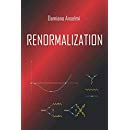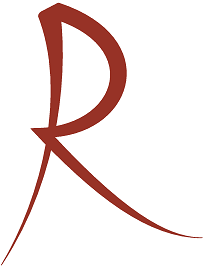Archive for November 1998
We investigate the quantum conformal algebras of N=2 and N=1 supersymmetric gauge theories. Phenomena occurring at strong coupling are analysed using the Nachtmann theorem and very general, model-independent, arguments. The results lead us to introduce a novel class of conformal field theories, identified by a closed quantum conformal algebra. We conjecture that they are the exact solution to the strongly coupled large-$N_c$ limit of the open conformal field theories. We study the basic properties of closed conformal field theory and work out the operator product expansion of the conserved current multiplet T. The OPE structure is uniquely determined by two central charges, $c$ and $a$. The multiplet T does not contain just the stress-tensor, but also R-currents and finite mass operators. For this reason, the ratio $c/a$ is different from 1. On the other hand, an open algebra contains an infinite tower of non-conserved currents, organized in pairs and singlets with respect to renormalization mixing. T mixes with a second multiplet T* and the main consequence is that c and a have different subleading corrections. The closed algebra simplifies considerably at $c=a$, where it coincides with the N=4 one.
Nucl.Phys. B554 (1999) 415-436 | DOI: 10.1016/S0550-3213(99)00300-4

 Quantum Gravity
Quantum Gravity 


